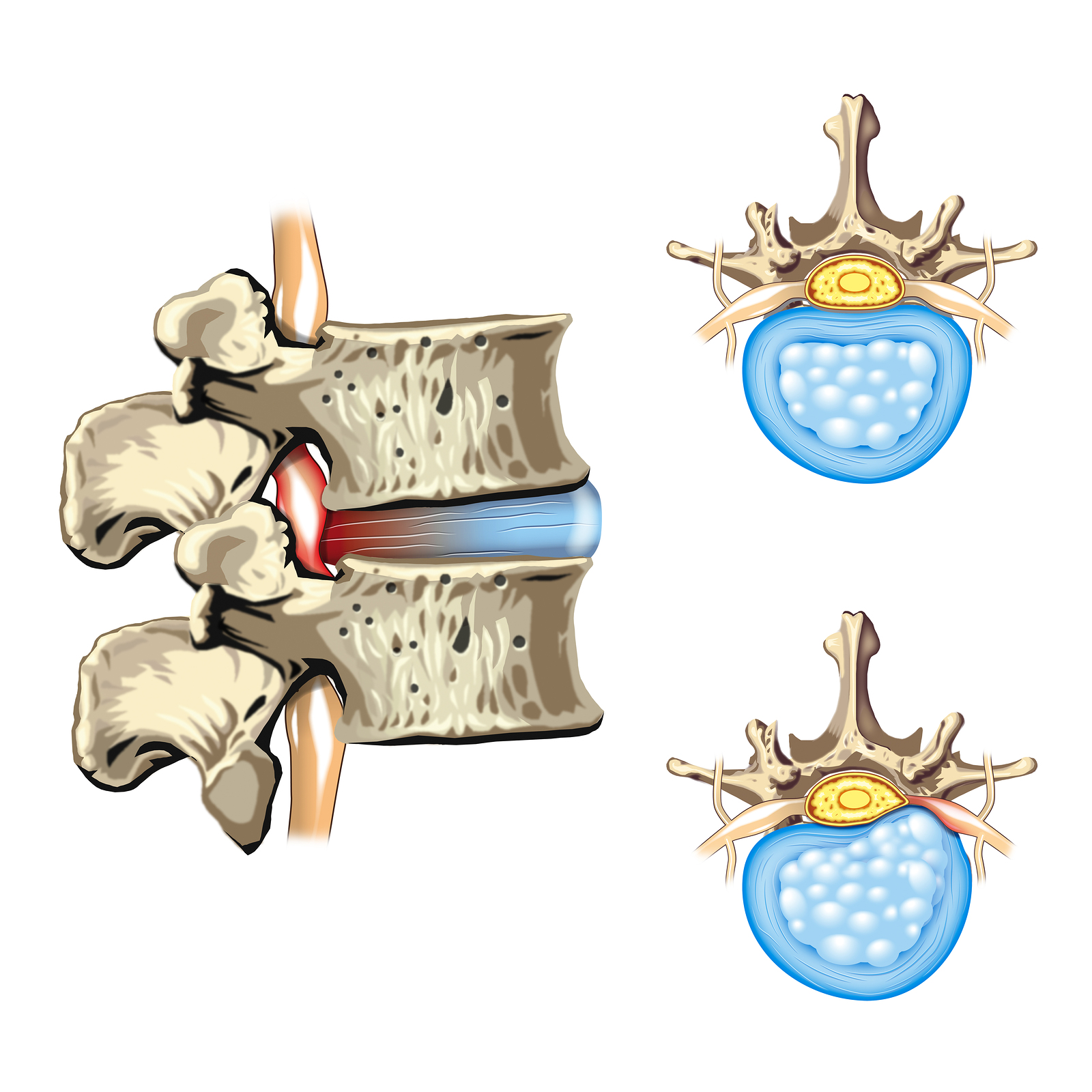In Part 1, I explained how common back pain is, how much it costs us in the UK and how micro-trauma and reduced tissue healing can lead to injuries and pain.
In this post, I will explain more about micro-trauma, how it occurs and how it can cause prolapsed lumbar discs.
The above graph (which was developed by CHEK Faculty, Matthew Wallden) represents the genetic potential of the lifespan of your lumbar vertebral discs. The red line represents cumulative trauma to the discs whilst the green line represents the rate of tissue healing capability during a lifetime. I’ll explain more about tissue healing in Part 4.
If you look at where the red and green lines cross, this represents the point in life in which the vertebral discs will fail, let’s say it’s 90 years of age (this will differ from person to person due to their genetic potential).
If you look at the red line you will see that as we age we have more opportunity to create trauma to our discs (and indeed any part of the body). Throughout life, you might play sport, go dancing, go skiing, be involved in sporting, recreational or car accidents, have a physically demanding job and so on. Each of these events will cause some level of trauma.
As long as we have good tissue healing capability, the trauma will not cause much of a problem and we can carry on with everyday life, which might involve playing sport and other recreational activities.
However, in today’s society we generally have poor posture and muscle balance due to a combination of sedentary lifestyle and long periods of sitting. Good posture and muscle balance has almost become instinct in the modern world.
What is interesting to understand is that 76% of people without any back pain have a bulging lumbar disc according to the research by Dr. Norbert Boos in 1995.
What is significant about this is that when we spend most of the day seated, we tend to slump and round our lower back. This pushes the discs posteriorly towards the spinal cord. Over time if we continue to spend most of the day seated and add in a little physical exertion we are just adding to the micro-trauma of the discs day by day.
The part of the disc that becomes damaged is the annulus fibrosus, which surrounds the gel-like nucleus pulposus. The disc is most vulnerable to rotation and forward bending of the spine.
As you can see on the picture on the left, the nucleus can escape through a damaged annulus and irritate the spinal nerve roots.
This is often felt as pain and/or numbness running down the leg of the affected side, known as sciatica and it can go as far down as the toes.
In addition, a sedentary lifestyle weakens the muscles that support and stabilise the lower back, which will increase the likelihood of more micro-trauma.
Then one day without any warning you might pick up your washing or bend down to tie your shoe laces and your discs blow-out. Finally, the straw has broken the camel’s back.
Stay tuned for Part 3, when I will explain how you can minimise the amount of micro-trauma on your lumbar discs and how you can prolong the life of your discs…

